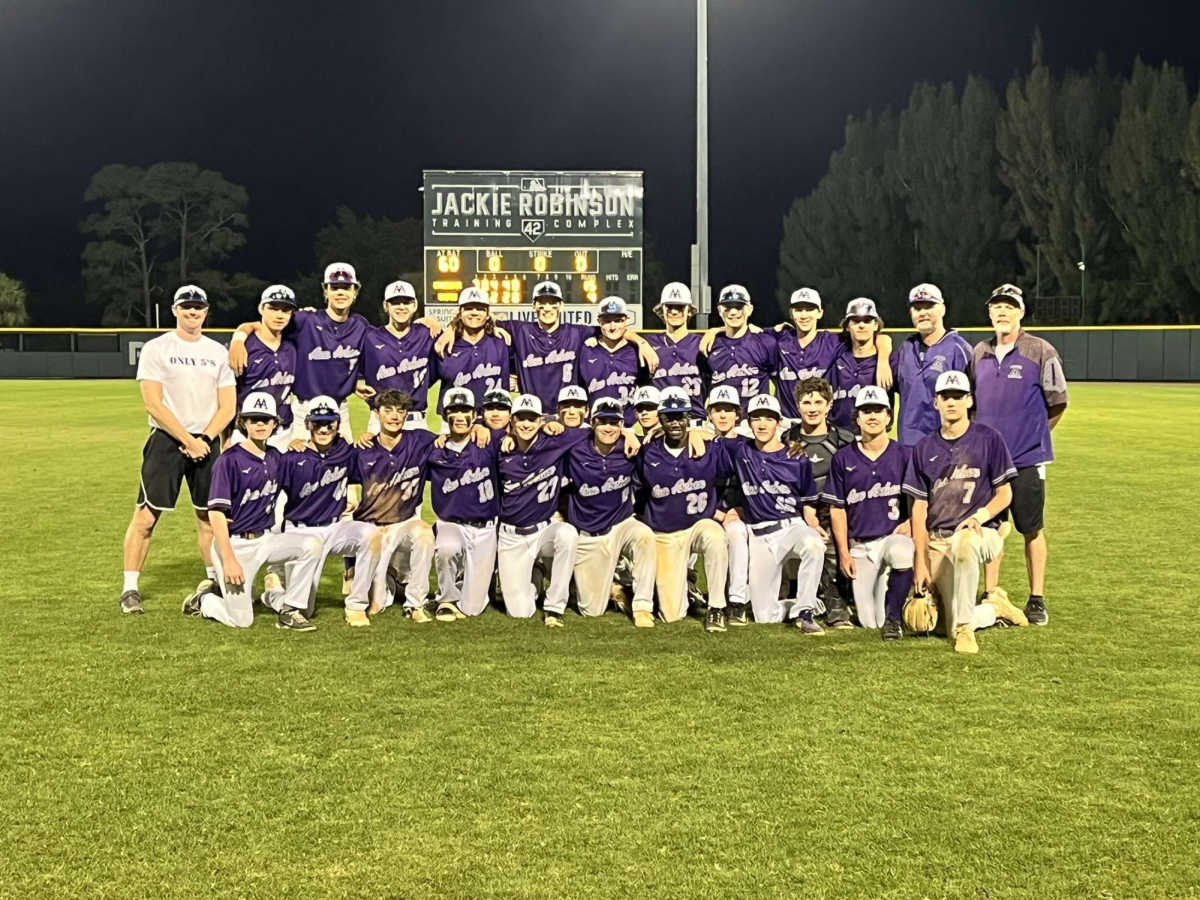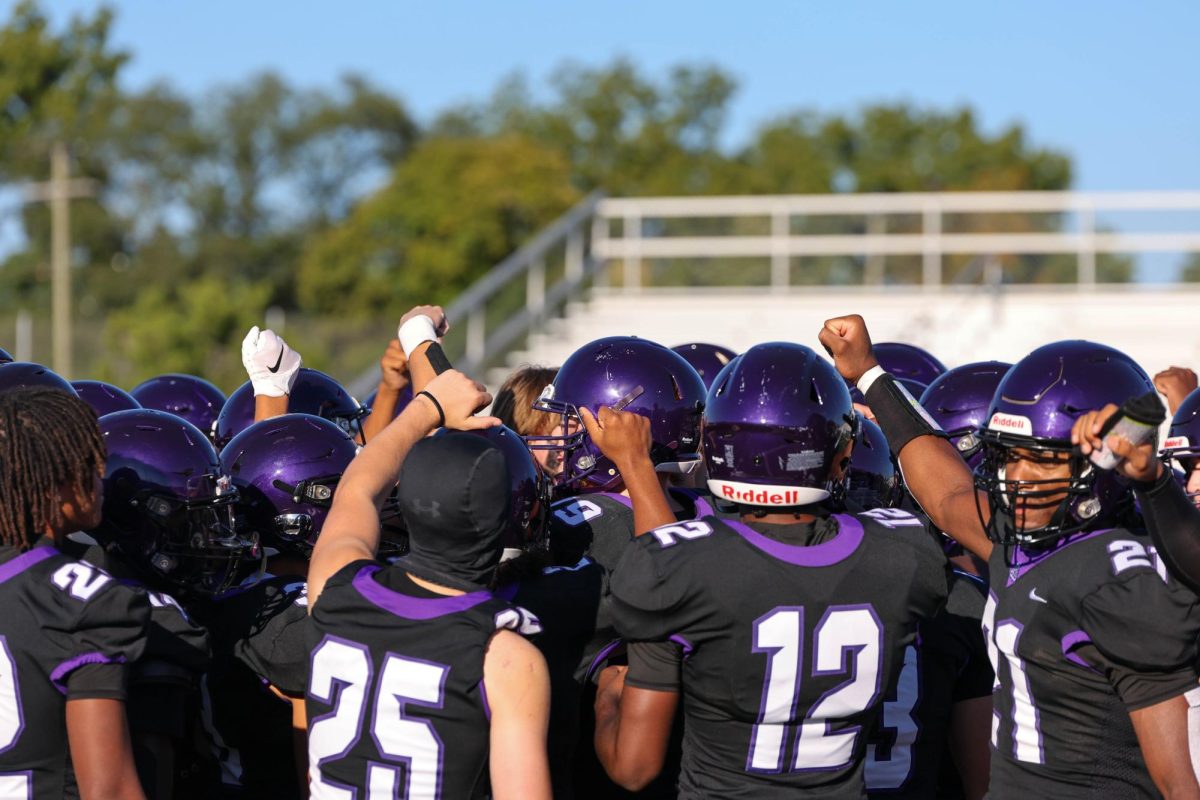Federal Government Shutdown
October 1, 2013
There have been 12 government shutdowns since 1977, and this morning, U.S. Officials initiated the thirteenth.
A government shutdown is implemented when funding becomes dangerously low, and anything deemed “unnecessary” is no longer funded or supported by the government.
In the past few years, Congress has restored stopgap budgets in order to keep the government funded. A stopgap budget is a temporary solution to the budget problem, a quick fix. Currently, Democrats and Republicans can not agree on what the next stopgap bill should look like. This disagreement primarily caused the shutdown.
Tea Party Republicans want the stopgap bill to include a provision which would defund the Affordable Care Act, something Democrats were unwilling to allow. “You don’t get to extract a ransom for doing your job, for doing what you’re supposed to do anyway or just because there’s a law there that you don’t like,” said President Obama in his statement on Sept. 30.
Tension built in Washington with low budgets and high demand for funding from the Federal Government. Congress was unable to reach an agreement on how to combat the discrepancy between supply and demand, causing the government shutdown.
A government shutdown does not entail the temporary closing of all government funded operations, but Americans will notice the effects of losing the government luxuries that we as a country have become accustomed to. The shutdown “will have a very real economic impact on real people, right away,” President Obama said.
Services that relate to National Security remain open, but many other government services have been shutdown. Those who are on social security are still receiving their checks, and mail is still being delivered. However the Environmental Protection Agency, National Parks, and Monuments are closed. Even whitehouse.gov has been affected. The website reads “Due to Congress’s failure to pass legislation to fund the the government, the information on this web site may not be up to date. Some submissions may not be processed, and we may not be able to respond to your inquiries.” Based on the last shutdown in 1996, economists have estimated that the shutdown will cost the federal government 2 billion dollars.
“In the event of a government shutdown, hundreds of thousands of these dedicated public servants who stay on the job will do so without pay — and several hundred thousand more will be immediately and indefinitely furloughed without pay,” President Obama said in his statement. Now that the government is officially shutdown, federal employees and agencies are separated into “essential” and “nonessential”, by laws and regulations governing shutdowns. When a shutdown happens, the essential workers are still expected to work and are assured pay when the shutdown ends. Nonessential workers go home. 80,000 federal workers will be furloughed and many more will be asked to work without pay. Last night President Obama signed a bill passed by the House and Senate to guarantee that 1.4 million active-service military members get paid, no matter how long the shutdown lasts. It is unclear how long it will take for funding to return to nonessential agencies, but one thing is for certain: republicans and democrats alike will be feeling the impact of this congressional dispute.
Update as of Oct. 16 : Click Government Shutdown Ends to get the full story
Below are sources that you can go to, to learn more about the government shutdown:
-
http://www.nytimes.com/2013/09/29/us/politics/last-shutdown-a-lesson-lost-on-capitol-hill.html
-
For information on the federal shutdown: 1-800-333-4636














